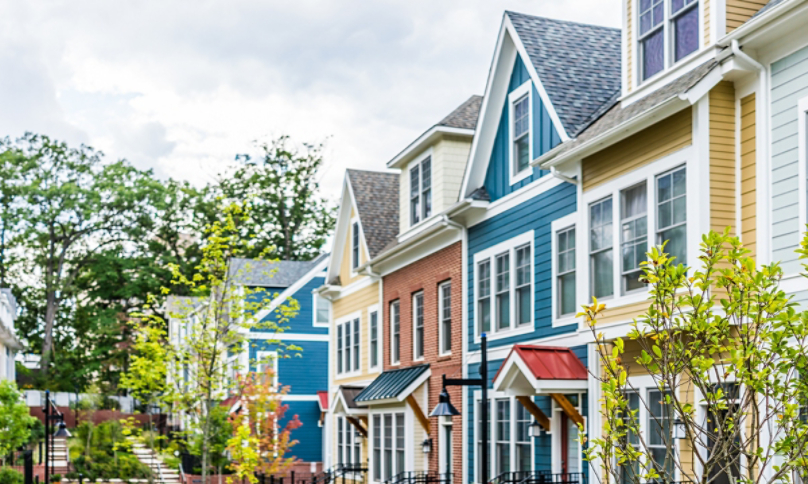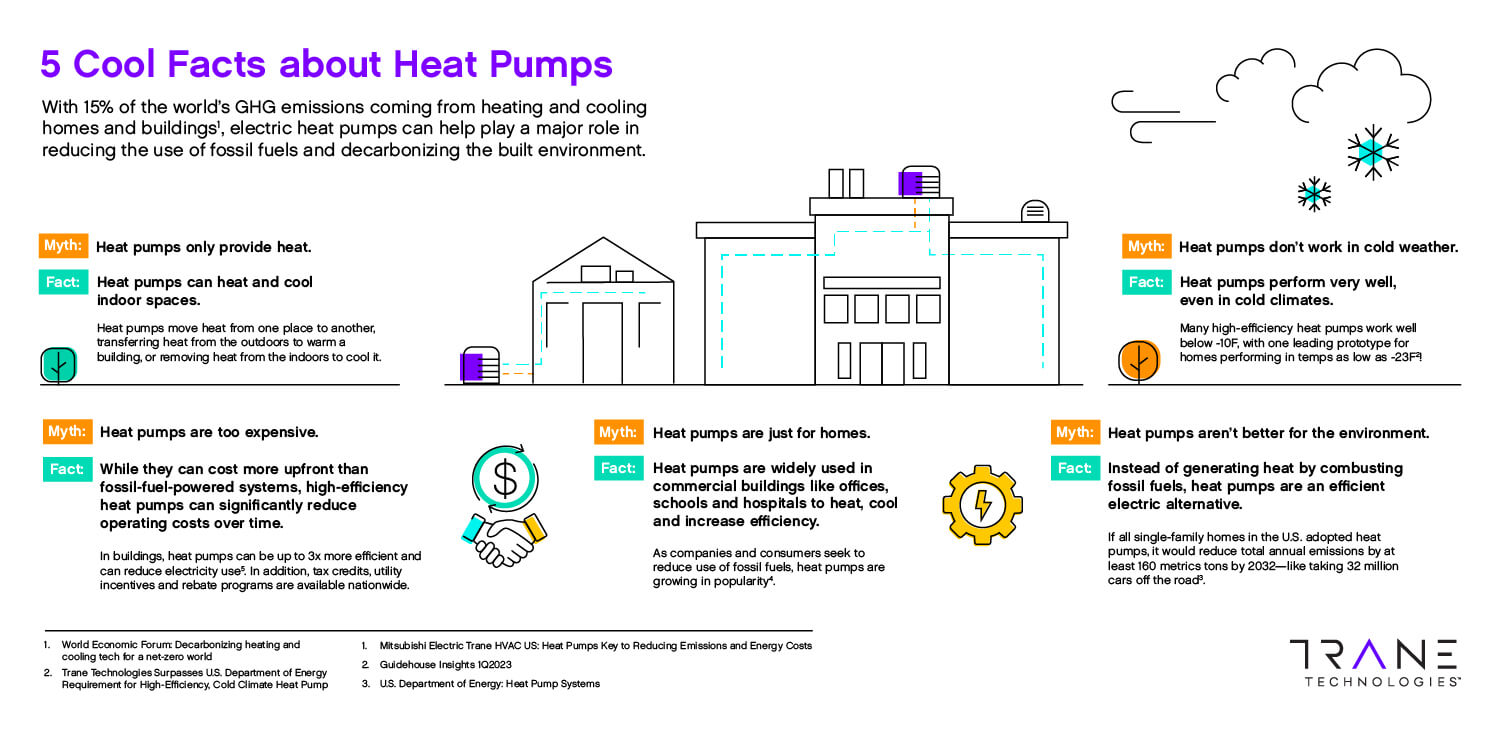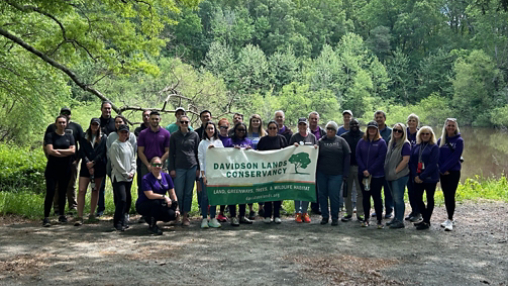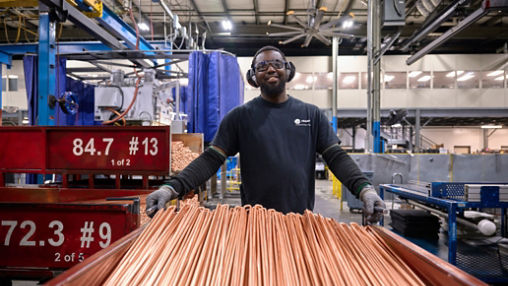Scaling up with heat pumps
All climates
Thanks to technological advancements that have improved performance of electric heat-pumps in geographies with sustained sub-freezing temperatures, a resurgence is catching on with adoption in even some of the coldest climates on earth, like Finland. In fact, 60% of homes in Norway are equipped with heat pumps. The key feature allowing this ultra-cold performance is an advance in variable speed inverter-driven compressor technology, which wasn’t available in mainstream residential offerings just a decade ago.
Late last year, Trane Technologies surpassed the U.S. Department of Energy’s Cold Climate Heat Pump Challenge (CCHP) for high-efficiency residential heating in freezing temperatures. When tested at the DOE’s lab, Trane’s CCHP prototype performed in temperatures as low as negative 23 degrees Fahrenheit, surpassing the mandatory negative 20 degrees Fahrenheit DOE requirement.
When outdoor temperatures get very low and efficiency dips below desired levels, heat pumps can also be paired with other sources for a dual-fuel or hybrid arrangement that provides back-up capacity.
Good for both new and old buildings
For a large part of the world, replacing old systems involves retrofitting buildings with new technology. Since construction in older, more dense urban settings presents a unique set of challenges, custom district heating schemes can be an important solution in the future of urban comfort heating and cooling.
In one example in Geneva, Switzerland, a major district heating solution is using a thermal network to heat and cool buildings in and around the city center with water from the lake, growing from an initial footprint of 50 buildings in 2018 to a goal to expand to over 350 buildings by 2035.
Pressure to transition
Challenges to quickly accelerate deployment of heat pumps do exist. In many European countries, heat pumps are highly subsidized due to a strong focus on environmental sustainability. Through its REPowerEU initiative, the European Union wants 30 million new heat pumps installed by 2030, saying this could save the EU 35 billion cubic meters (bcm) in gas consumption per year.
In the U.S., climate policy has been less consistent, though electrification regulations for buildings are gaining traction in more and more states, from California to Massachusetts, which will help heat pump markets grow. Additional climate provisions, like those introduced in the Inflation Reduction Act of 2022, will help accelerate the use of clean technology like heat pumps in energy-intense infrastructure and systems, while encouraging even more innovation.
(Read more from Consumer Reports about how U.S. homeowners considering heat pumps can benefit from the Inflation Reduction Act)
Even as more heat pumps enter the market, from residential applications to much larger opportunities in commercial spaces, to reap their full decarbonizing potential, power grids must get greener. Coal-fired plants are still prevalent in some of the world’s largest developed and developing economies, including China, the U.S. and India. There is progress, however – 40 countries committed to phase out their coal power plants at the COP26 summit.
In the meantime, the heat pump is finally gaining recognition as a ready solution to reduce energy costs and consumption, lower carbon emissions, and decrease dependence on fossil fuels.
To learn more, explore our infographic below or read our white paper focused on commercial solutions, Trane©: The Future of Heating is Electric.





















